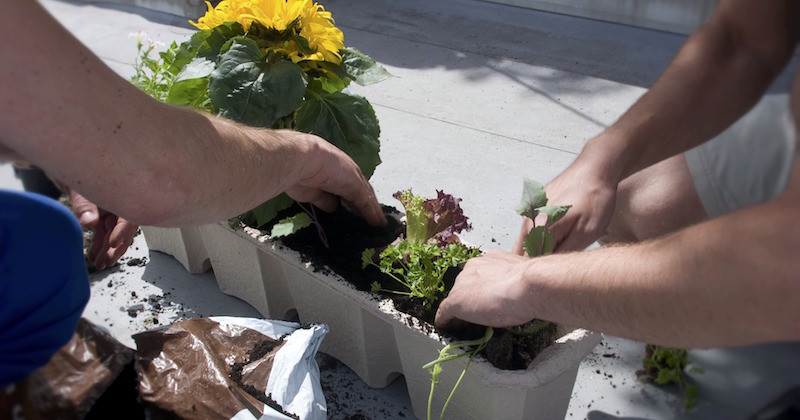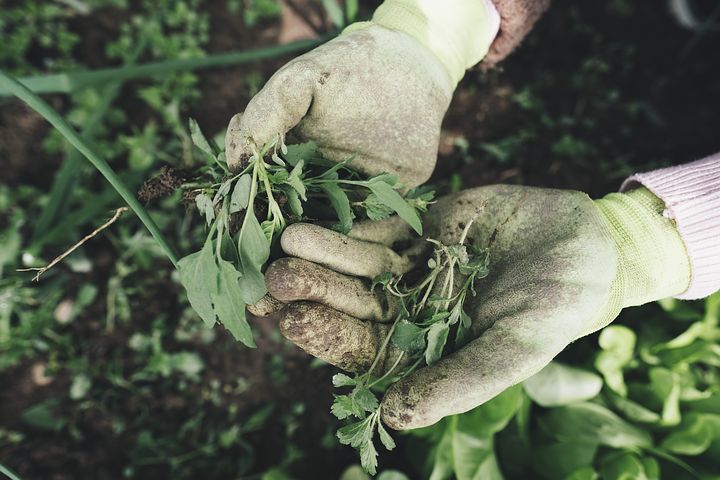
When you think of eco-conscious establishments, you would think that a golf course fits in right among the greener sporting facilities. Unfortunately, golf courses have been criticized for disrupting eco-systems by using pesticides and chasing away unwanted critters on the course.
Lately, there has been an upswing of golf courses becoming greener and eco-friendly in ways you would not have thought of.
Using Recycled Materials
Newly planned and existing golf clubs have opted for composite materials when building or upgrading their grounds. Manufacturers such as Kafka Granite not only supply recycled materials for golf clubs but practice sustainability within their manufacturing processes too.
Recycled materials being used on a golf course include sanitary wear, flooring, and countertops in the clubhouse and pathways on the course. Fencing and pillars made up of recycled plastic and timber are used in parking areas and around the clubhouse if needed.
The kitchen and bar within the clubhouse are also doing their part for the planet by avoiding palm oil and other unsustainable ingredients. Plastic straws, cutlery, and many more catering items are now being replaced with paper, bamboo or hemp products.
On And Off The Green
Most groundsmen have switched to a greywater system for irrigation on the green and at times they allow grass to die and regenerate in the colder months. This process saves on power and water.
Drought-resistant grasses and grasses that are more tolerant of saltare now being planted on golf courses aiding in the conservation of water too. Some golfing clubs are starting to adopt pesticide-free treatments for their grass and plants, to encourage healthier eco-systems. These significant changes allow the fauna and flora to flourish on the course, which adds to their natural beauty and allure.Even the endangered species of bees are returning, which is a huge relief.
Most groundsmen will only plant plants and trees that do not need regular watering to flourish. Plants and trees not indigenous to the area are quickly removed and disposed of. This eco-friendly way of keeping the greens neat is also a cost-saving exercise, which means a win-win for all.
Solar-powered garden lights are utilized to light up pathways to and from the clubhouse, while all lighting bulbs on the premises are energy-saving bulbs.
Golfing Equipment And Gear
Did you know that you could rent solar-powered golf carts? Harnessing the power of solar energy is now being introduced to the golfing world and it is about time! There is no reason to be using fossil fuels outside when the sun is available all day to do the same job without the harmful effects of fuel.
Biodegradable golf tees and balls are being used instead of the old school plastic and nylon gear. Recycled timber tees are perfect for the course and are just as good as the plastic variation.
There are ways golfers can contribute to the green movement too. Ask your club what they are currently doing to assist with the green movement and encourage them to do more. When out on the green, appreciate the wildlife and try not disturbing them, if possible. And if you see a brown patch of grass or notice the water looking a little browner, instead of complaining – be more appreciative.



